Cool patterns become visible when two decks of Speed! cards are placed one on top of the other matching numbers. Last week we found that if the top deck was Two Speed and the base deck was an odd number the resulting pattern would look like a checkerboard.
Additional Activities from last week
If you tried the additional activities from last week you should have seen more checkerboards.
Base Deck
Seven Speed
Nine Speed
Top Deck = Two Speed
You will also get a checkerboard pattern by placing Four Speed on top of Six Speed and Six Speed on top of Nine Speed.
Diagonals Part 1
Do you think there are any combinations of decks that will result in a diagonal pattern? Actually there are several and there are many different diagonals that can be produced.
In many, but not all instances when Four Speed is the top deck, the resulting pattern is a diagonal to the bottom left. Let's experiment with Five Speed as the bottom deck.
First lay Five Speed, the base deck out like this.
- Now get out Four Speed and find the cards the two decks have in common (20 and 40). If the two decks were extended they would also conatin the common cards 60, 80, 100 and so on.
- Lay the common cards from Four Speed on top of the corresponding Five Speed cards.
The resulting pattern should look like this.
Which other bottom decks do you think will produce a diagonal when Four Speed is the top deck?
Bottom Deck
Two Speed
Three Speed
Five Speed
Six Speed
Seven Speed
Eight Speed
Nine Speed







_wm.JPG)
_wm.JPG)
_wm.JPG)
_wm.JPG)
_wm.JPG)
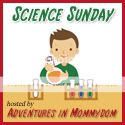
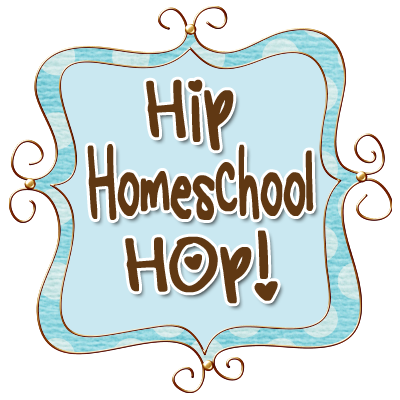
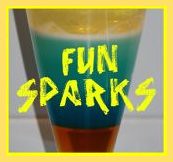

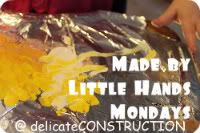
_wm.JPG)



.JPG)
.JPG)
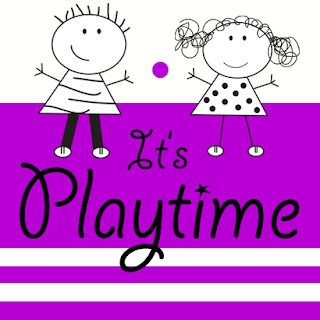
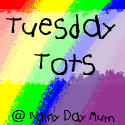



_wm.JPG)
_wm.JPG)
_wm.JPG)
_wm.JPG)
_wm.JPG)

.JPG)

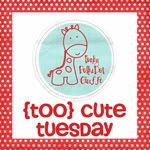

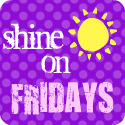
_wm.JPG)
_wm.JPG)



_wm.JPG)
_wm.JPG)

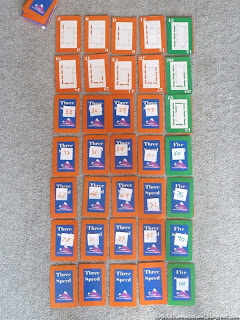

_wm.JPG)
